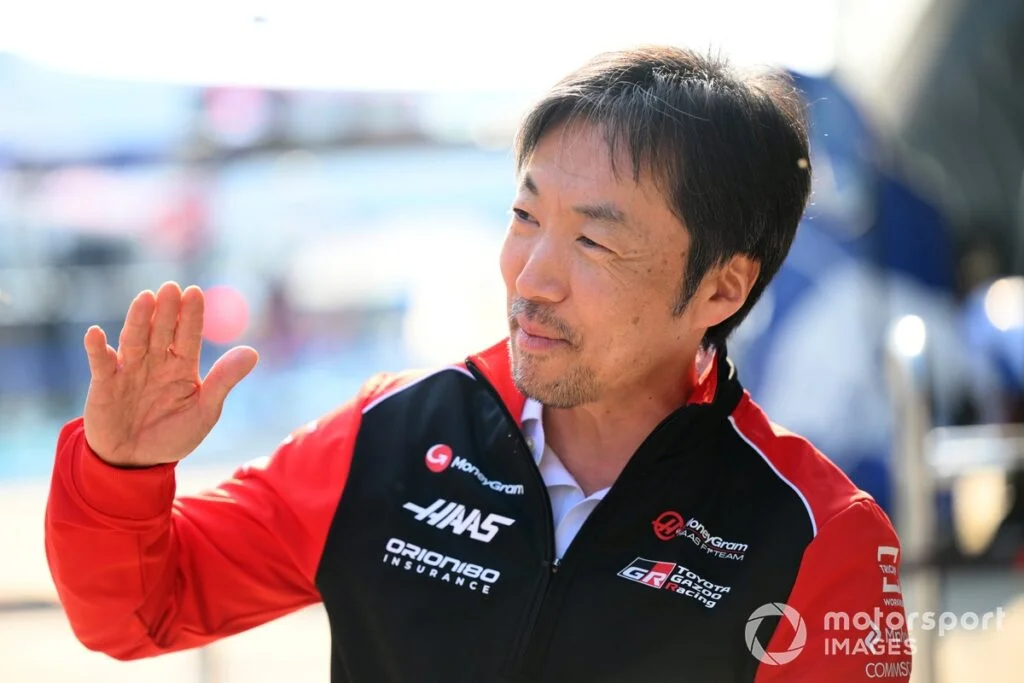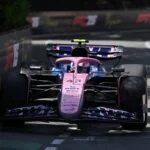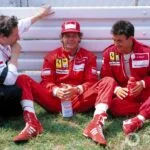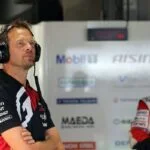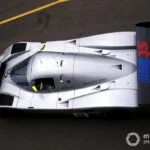Haas Addresses High-Speed Corner Aero Oscillation Problem
In a bid to solve the aero oscillation issue that plagued its VF-25 Formula 1 car in high-speed corners, Haas has introduced a floor upgrade for the Japanese Grand Prix. The problem surfaced at the season opener in Melbourne, where team principal Ayao Komatsu estimated that Haas was six tenths behind the rest of the field due to bouncing in the high-speed Turn 9-10 section.
Team Struggled at Season Opener Due to Aero Oscillation Issue
The team’s struggles were evident at the season opener, as both drivers were unable to carry speed through the left-right corners that break up the Lakeside Drive portion of the Albert Park course. This severely hampered Haas’ final sector pace, affecting its performance significantly. However, the team rallied in Shanghai, where the smoother circuit ensured that the team was not suffering aerodynamically and could put the car into the right set-up window.
In an attempt to quell a repeat of these issues at high speed, Haas focused on reducing the floor’s sensitivity and fast-tracked a few changes between the Chinese and Japanese rounds. Komatsu says that Haas will know if the upgrade has made any difference through assessing its first-sector performance in FP1.
In order to get the parts here, we had to really shortcut the process – whether it’s gonna make one-percent difference or 50-percent difference, honestly, I cannot say,” he admitted. “Depending on what we see, it could be as bad as Melbourne, or it could be even better than Shanghai. I think FP1 the key for us; as soon as we do a lap or as soon as we go through sector one, we will know.
Risks Involved in Developing the Floor Update
Komatsu explained more about the ‘risks’ involved in developing the floor update, explaining that it was a case of producing the revised floor parts quickly and then retrospectively testing it in the wind tunnel while it was being shipped to Japan. He said that the ad-hoc test in the wind tunnel suggested that Haas was moving in the right direction, but reiterated that he would remain unsure of the impact of the floor changes until the car actually takes to the track.
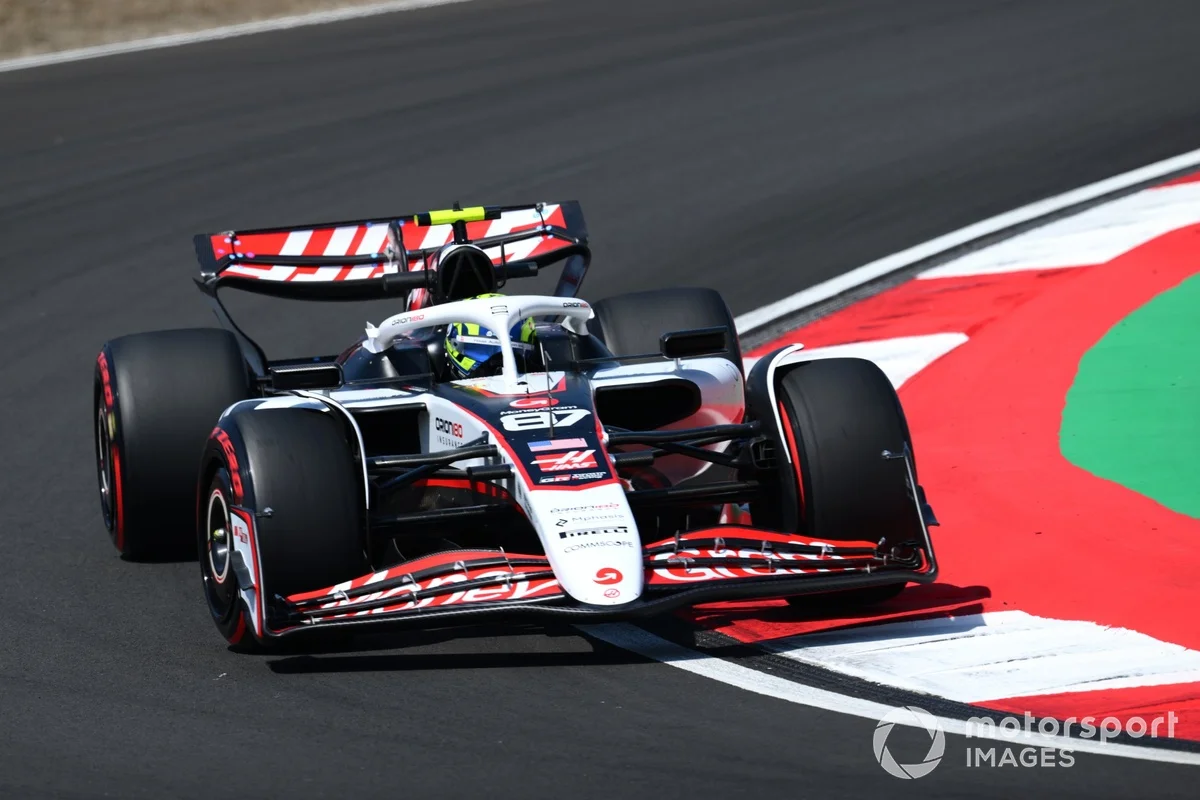
Why Haas’ China Race Was So Different to Australia
Komatsu explained that the smoothness of the resurfaced Shanghai circuit largely kept the aerodynamic oscillations, produced by Melbourne’s less consistent track surface, in check. As current-generation F1 cars are so stiffly sprung, it’s incredibly difficult to dampen the frequencies induced upon the car by bumps on the road. If the car is unsettled before it reaches a corner, the aerodynamics are hindered by that; without the requisite downforce for a high-speed corner, the drivers will have to lift to get it through the corner.
Haas was concerned before China that the car would suffer from the same issues into Turn 1 and Turn 7, two of the higher-speed corners – but there was little detectible aerodynamic oscillation and thus the drivers could benefit from a wider range of set-ups available. “Because we didn’t have the aero oscillation issue, we can set the car up in the way that we wanted and so we do have downforce,” Komatsu explained. “That’s the potential you saw in Shanghai.
If you look at our Turn 7, it was crazy quick. I was worried that we’re going to have a problem in Turn 7 or maybe T1 entry as well, but we didn’t, so we set up the car the way we wanted.” In Melbourne, we just couldn’t – we’d just spin the car off.
Komatsu explained that it wasn’t the oscillations per se that hurt the car, but it was the combination of this plus the compression that the cars experience in Turn 10, where the springs travel to their position under maximum load and cannot damp the car any further. “If there’s a bump, that can just initiate it – then once it starts, you can’t stop it. But again like corners like Turn 12 in Melbourne, the right-hander. In that corner, we actually had lots of oscillation as well, but we got quick.
So even if you have oscillation in corners, it’s fine, but Turn 10 – or the transition between Turn 9 and 10 – Is like the worst combination. We cannot carry any speed, then you hit the compression, it’s just game over.

